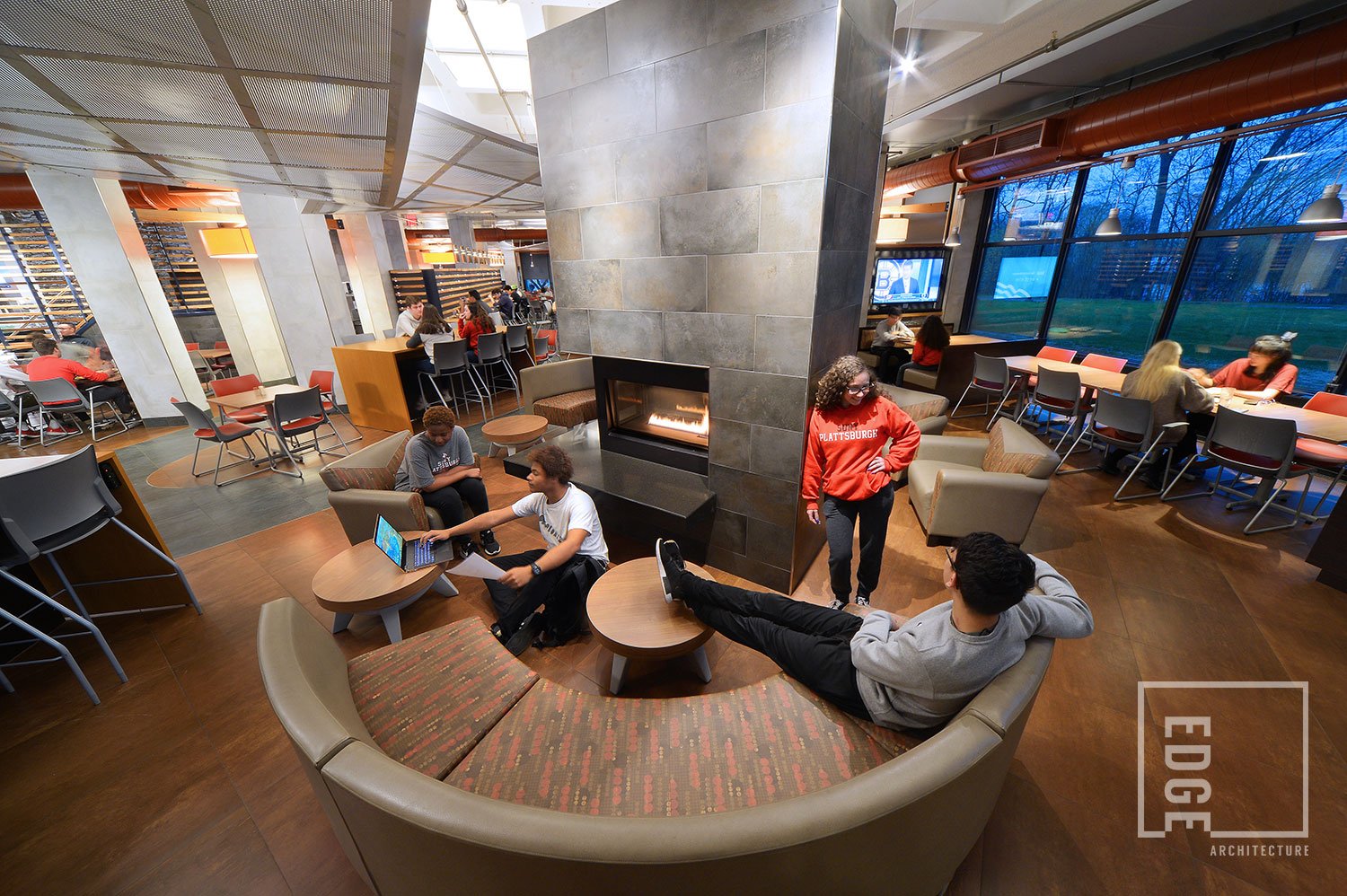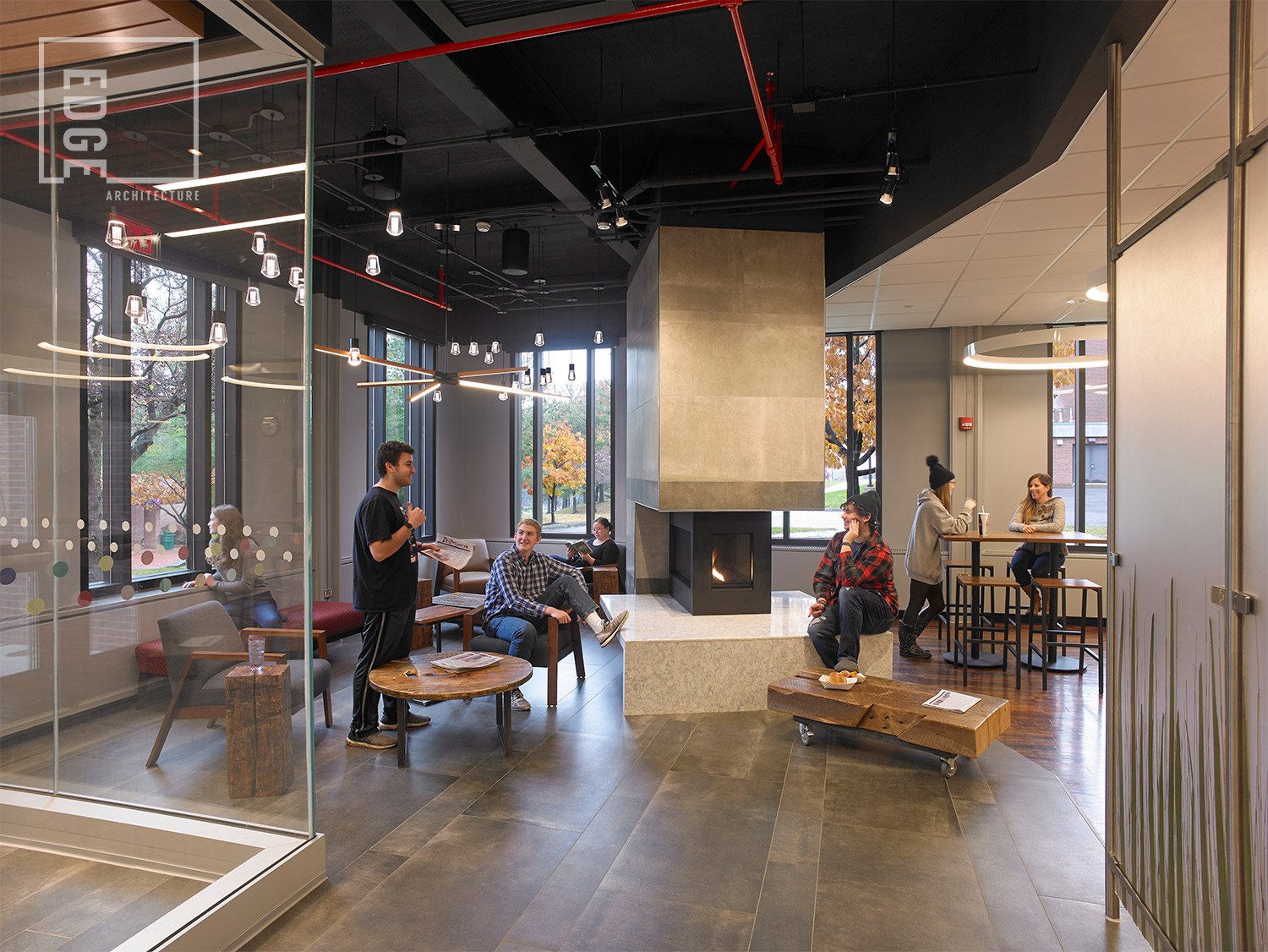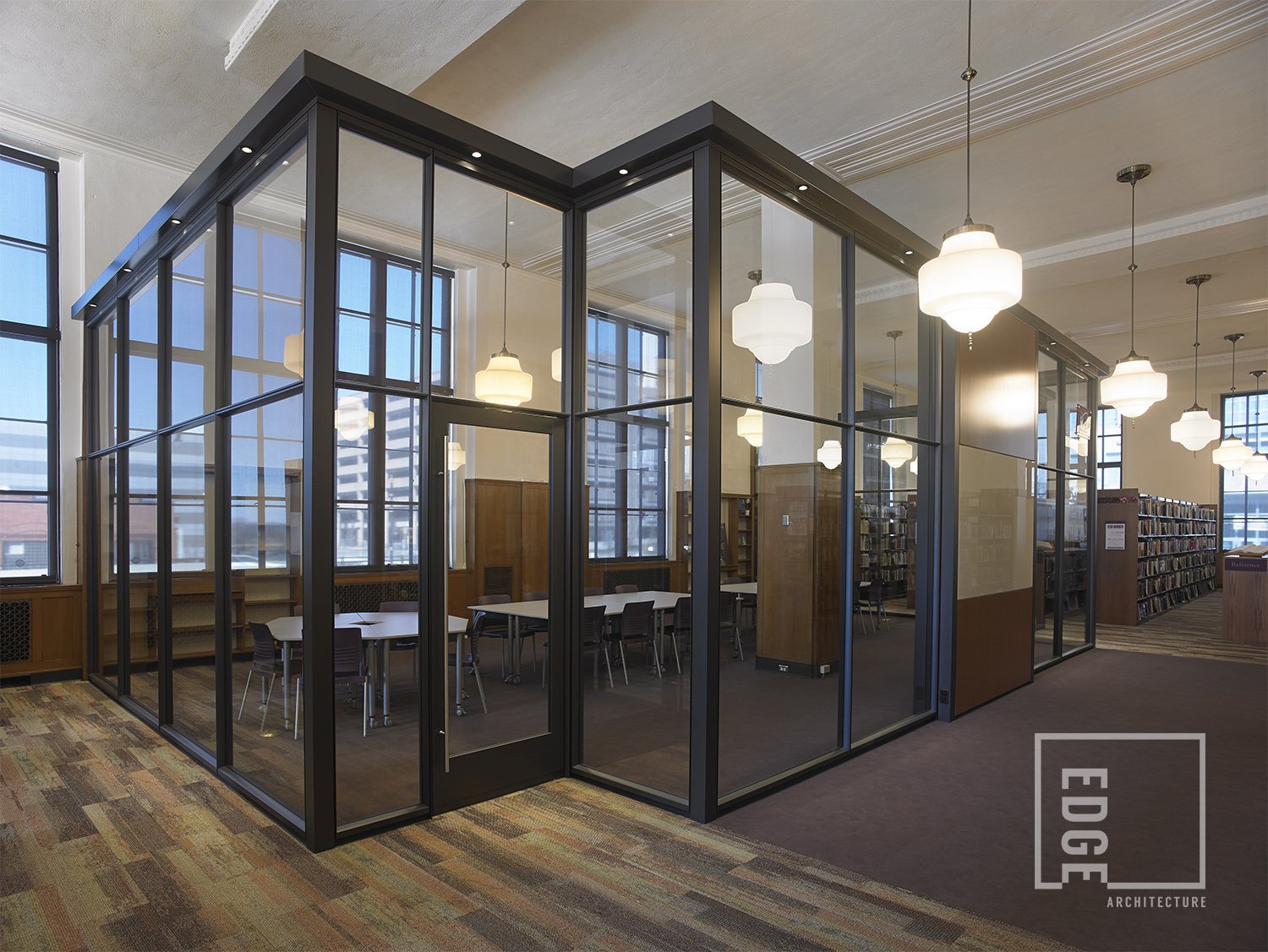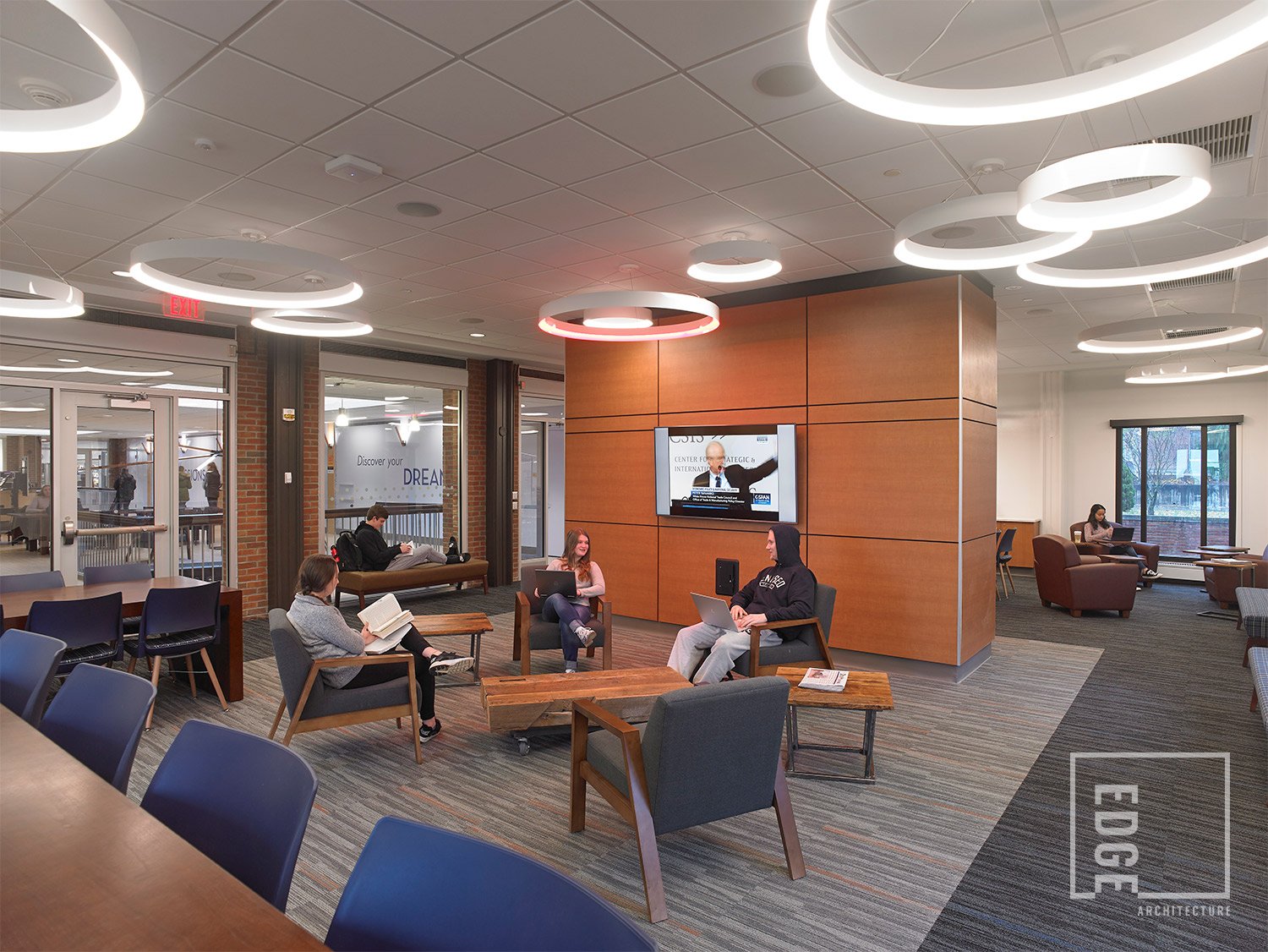Creating Spaces On Your Campus That Promote Well-Being
Even before Covid your students were stressed. Two-thirds of all college students say they’ve had some type of mental health crisis. More than 80% have felt completely overwhelmed with all they had to do. Nearly all of them experienced some type of homesickness or loneliness. While Covid most certainly contributed to increased anxiety, it has also heightened awareness of the importance of mental health. More colleges than ever are promoting mental health and offering support communities and counseling services.
There may be even more colleges can do.
The space we live, study, and work in can both impact our mood and reflect how we are currently feeling. Organized, clean, light-filled rooms make us feel good. Conversely, when we are sad or depressed, we close the curtains and neglect tidying up our spaces (which can further enhance that mood). Whether it be a classroom, library, student center, or just a simple study nook, colleges should be looking at each space and asking themselves “Does this space support mental well-being?”
Here are eight ways you can promote mental well-being in your student spaces:
1. Add light.
Natural is best, but artificial works too. Ensuring your spaces are well lit during the day, and when reading or working at night, helps prevent depression and anxiety. However, make sure for sleeping time, you’ve provided lighting options so your students’ bedrooms can be properly darkened. Too much light can interfere with a good night's sleep, another important factor in mental well-being.
2. Bring in natural elements.
Incorporate nature into your spaces. It could be by adding plants or using natural materials that evoke the outside.
3. Break up large spaces into smaller, more inviting spaces with comfortable furnishings.
This encourages people to stay longer, talk longer, and leads us to the next point…
4. There’s no place like home.
Make spaces feel more like home with the use of color, furnishings, and size. Institutional furniture is just not comfortable. Invest in seating that is comfortable and homey, even add a fireplace.
5. Declutter.
Don’t cram too much into any one space. Keep it clean. Clutter and messiness can increase stress.
6. Turn on the tunes.
Music can help with both concentration and well-being. Consider playing background music in common spaces, or providing options for student to stream their own music (especially when relaxing or gaming).
7. Invest in study spaces.
Studying in the same place you sleep can cause anxiety for some students. Offering many options for individual and group studying means the student’s room can just be a space for sleeping, relaxing, and recharging.
8. Create a makerspace.
Check out this article on makerspaces in colleges. It shares that “Makerspaces allow students to engage in therapeutic exercises that help boost their mood. In a makerspace, struggling students can find community, opportunities to contribute, outlets to heal through making and multiple ways to employ their creativity—and achieve satisfying results for those efforts.”








